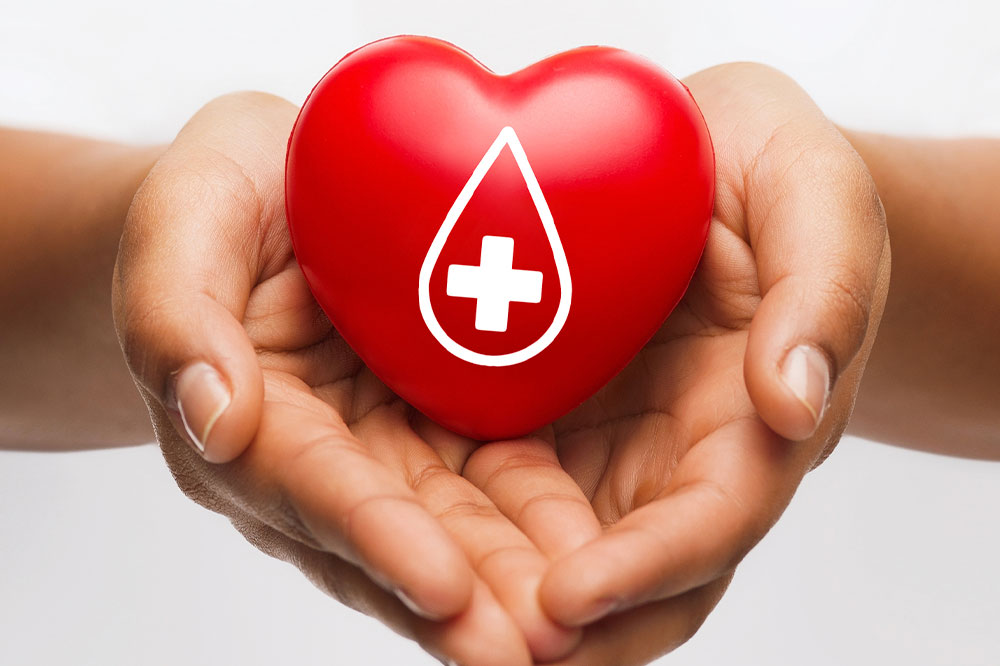Important Things to Know About Plasma Donation
Plasma is a special liquid component in the blood. It maintains the blood’s pH balance, regulates blood pressure, and suspends platelets, red blood cells, and other vital cells within the bloodstream. During plasma donations, individuals visit health centers and have their blood plasma extracted to help patients with specific illnesses. Besides being incredibly beneficial for patients, plasma donations have several positives for the donors themselves, such as preventing heart conditions and minimizing seasonal allergies, among others.
Why is blood plasma important?
Blood plasma is incredibly crucial for the body to function. Without it, the bloodstream will not receive the proteins needed to bolster the immune system, facilitate immune responses, and facilitate blood clotting.

How does plasma donation work?
Healthcare professionals use a special machine to extract plasma from a donor’s blood and return the other components to their body. The person might be administered saline during the process, which takes approximately two to three hours. Centers that collect plasma follow every possible health and safety rule to protect donors from infections.
Checking-in
When donors arrive at their local plasma center, they must produce valid proof of address, ID, and necessary social security documents.
Screening
Before the main physical examination, donors undergo a health screening to validate their donation eligibility and health condition. In this stage, individuals get their blood samples analyzed. Other vital signs, such as pulse, temperature, and blood pressure, are also checked closely.
Physical assessment
A trained healthcare expert now conducts a physical examination of the to-be donor. The results are kept confidential and can be shared only with the donor. Individuals must undergo such exams regularly to ensure they are in good health throughout the year.
Plasma extraction
After the examination, the plasma center staff connect the donor to a plasmapheresis machine to collect whole blood from one of their veins. The machine separates the plasma and returns other blood components (including the red and white blood cells and platelets) to the donor’s body. In addition, patients receive saline water to maintain blood circulation during the plasma donation process.
Recovery
It is the final step of plasma donation. Doctors advise donors to stay in the center for up to 20 minutes or until they feel rehydrated and well before heading home. Generally, individuals need to eat a small meal during this phase to restore their energy.
Plasma regenerates quickly in the body. So, people can donate twice in seven days but not more than once in 48 hours.
What to keep in mind before donation?
Days before the donation, donors must eat healthy meals rich in protein and iron. And caffeine intake should be limited. Additionally, donors need to get at least eight hours of sleep the night before and drink plenty of water to keep their fluid levels high.
What are the benefits of plasma donations?
Reducing the donor’s stress levels
Research studies have found that altruism of any kind helps boost dopamine and endorphin levels in a person’s body, making them feel happy and satisfied. As a result, donating blood, plasma, or other organs leads to greater emotional well-being, health, and a positive outlook toward life. Stress levels automatically plummet as one’s happiness and social connections improve after donating.
Treating chronic illnesses urgently
As implied earlier, blood plasma helps treat chronic illnesses. It also treats bleeding disorders, immune deficiencies, and other rare illnesses. Plasma cannot be produced synthetically, so donations are the only plasma source for patients desperately needing care. By donating, people can help save someone’s life and earn the respect of their loved ones and society.
Receiving compensation
Plasma donations are well compensated around the world due to the precious nature of the fluid. So, people can make money over a long period by regularly donating plasma to patients and healthcare centers.
Highest-paying plasma donation centers
Many centers offer donors healthy compensation and other perks. Some of the highest-paying options are CSL Plasma, BioLife Plasma, KEDPLASMA, Grifols, Octapharma, American Red Cross, Vitalant, GCAM Plasma, BPL Plasma, Interstate Blood Bank, and ImmunoTek. Several other names across the country also offer people excellent benefits to encourage them to donate their plasma.
Plasma donations are instrumental in keeping a person’s body in good shape. It is helpful on both medical and philanthropic levels. By donating plasma, people can play their part in ensuring the well-being and social welfare of those around them.

